In 1914, a fascinating and controversial woman in Muncie, Indiana, threatened to “tear the town wide open.” At least that was her credible claim, made during a speech in Columbus on July 8, 1914.
Toting a mace around Muncie’s streets, a pistol at night, and wearing a police uniform designed and made by herself, Alfaretta Hart — Badge Number 9 — was on a personal crusade to redeem “fallen women” and clean up the “commercialized vice district.” She was also married to one of the city’s great industrialists. The swirl of controversy around her, which involved everyone from teetotaling ministers to the Socialist press, is an incredible glimpse into the shifting landscape of American politics and feminism.
For a millionaire, it’s ironic that Alfaretta Hart was born Alfaretta Martha Poorman in 1860 in St. Clairsville, Ohio, an Appalachian mining town just over the river from Wheeling, West Virginia. Poorman married Pittsburgh businessman Thomas F. Hart (1851-1934), who later ran several big factories in Muncie during its lost heyday as a manufacturing town. Hart’s industries included the Inter-State Automobile Company — where glass-maker Frank Ball, of Ball State fame, was a major investor — and several Hoosier paper mills and glass factories that turned out windows and jars. Alfaretta Hart served on the board of these industries and ranked among the wealthiest Hoosier women.
Yet there is little information about her in the newspapers until 1914, when the 53-year-old became Muncie’s first — and at that time only — policewoman.

The history of policewomen is fascinating in itself. Closely tied to Progressive politics and the women’s rights movement, the inclusion of females on American police forces was specifically meant to help combat big social problems like juvenile crime, prostitution, rape and sex trafficking. Unfortunately, some of the more sensational early 20th-century news stories about women in law enforcement focus on what seem like silly distractions today — like the years when they enforced the size of bathing suits on beaches. During World War I, women officers were even drawn into the popular hysteria about German spies and saboteurs stalking the United States. The South Bend News-Times ran an especially bizarre piece in 1918 about how New York City’s policewomen were helping uncover other “women” who just happened to be the Kaiser’s cross-dressers. A hundred years later, it’s tough to say if this story is truth or urban legend.

Side-shows like these took away from the truly valuable work of female police officers. Minnie Evans, who served on South Bend’s police force in 1917, consistently urged that “Only a Woman Judge Can Handle Women’s Cases,” especially in “cases involving a woman’s honor” (i.e., sexual in nature.) Many of those “honor” cases began at dance halls, which older American females considered hot-beds of vice. Cigarettes, booze and dancing were the feared “gateway drugs” to extra-marital affairs and out-of-wedlock pregnancies which often ended in botched abortions. If you scour newspapers from the early 1900s, it doesn’t take long to find some truth behind these accusations. But lecherous men, of course, were a huge part of the problem.
Mary Clark, a writer for the South Bend News-Times, interviewed a Miss Anderson, “present custodian of our accused women in the [St. Joseph] county jail.” When Clark asked if South Bend needed a policewoman — like Chicago, which already had several on its force and asked for fifteen more that year — Anderson replied with a vigorous yes. So did the city’s male police chief, Millard Kerr. Female police, Anderson believed, were most valuable in protecting lone women from the sexual advances of men in train stations and other public places. The interview still makes for fascinating reading today.


It’s unclear if any specific event spurred Alfaretta Hart to seek the post, but in January 1914 she was appointed Muncie’s first policewoman by Mayor Rollin Bunch. Citing “health reasons,” Hart would end up leaving the job in December. But almost immediately, the reformer began making enemies as she threatened to throw the doors of hypocrisy and corruption wide open.

One of the ironic things about Hart — who always went under the name “Mrs. Thomas F. Hart” — is how little she fits the stereotypical image of what a “matronly” policewoman might be like. “Liberal” and “conservative” aren’t useful words here, since today they evoke a different set of political views than what might have gone together in 1914. Whereas Hart considered herself a crusader trying to help the wayward, her enemies portrayed her as a nosy prude and even, surprisingly, as a friend of the liquor interests.

At a time when many reformers, especially women, were in favor of Prohibition and supported “dry” laws, Alfaretta Hart was “wet.” This may have had something to do with the fact that she was a Roman Catholic.
The always-complicated relationship between Catholics and alcohol surfaces again here. It was Protestants who almost always spearheaded local and state Prohibition laws — partly because they had seen good men and families destroyed by drink, but partly also because some of the biggest imbibers were working-class Catholic immigrants, who evoked both old European animosities and the specter of Socialism and labor unions. Tragically for the Protestant churches, Prohibitionists later filed en masse into the ranks of the Ku Klux Klan. During its heyday in the 1920s, the Klan was at least as much anti-Catholic and anti-Semitic as anti-African American.
By the ’20s, the Indiana Klan reached the height of its power and had a large following in Muncie. Muncie’s Klan is especially fascinating, since a large number of Klansmen there were actually Klanswomen. One of the leaders of the WKKK — “the Women of the Ku Klux Klan” — was Daisy Barr, a Muncie Quaker who became a well-known “Klan Klucker.”

In addition to the KKK’s opposition to liquor and perceived Catholic interference in American schools, ideas about guarding female purity spurred many Hoosier women to join the infamous organization, which dominated state politics at the beginning of the Jazz Age.

Oddly, it was the Quaker Klucker Daisy Barr who first pressed Muncie’s Mayor Bunch to appoint a policewoman. Most women agreed that the city’s brothels, illicit drug dealers, “blind tigers,” etc., needed to be driven out or regulated, and that prostitutes and “fallen women” should be reformed. Yet the anti-Catholic Quaker Prohibitionist and local women’s groups were shocked that the mayor chose the “wet” Catholic Alfaretta Hart for the job.
On March 4, 1914, Hart went to war against Muncie’s hypocritical “drys.” To a packed hall at the Wysor Grand Opera House, the new policewoman skewered the opposition, accusing Prohibitionist men of frequenting the red light district, cheating on their wives, and seducing young girls on the street. She had little more sympathy for what she saw as moralizing, puffed-up women.
In fact, the Klan’s hyper-patriotic ideals were dashed by the huge amount of corruption in its ranks. Most famously, D.C. Stephenson, Grand Dragon of the Hoosier Klan, would go on trial in 1925 for the rape and murder of Madge Oberholtzer, an Indianapolis schoolteacher. The sex and booze scandals that rocked the organization a decade after Alfaretta Hart went to work were, ironically, exactly the kind of things she warned Muncie about back in 1914. When she threatened to “tear the town apart,” it was over the hypocrisy of a society that ignored the abuse of women. She received many threatening letters in return.
Hart took to the newspapers, referencing her religion as she defended “Magdalenes” and arguing that “wayward” girls and drunkards were often just “un-moral rather than immoral.” To give them a helping hand, she called for wholesale reform of Indiana’s criminal justice system.

 Pittsburgh Daily Post, May 26, 1914.
Pittsburgh Daily Post, May 26, 1914.
“Badge Number 9” had been a voice crying in the wilderness since at least 1911. That year, part of another colorful speech where she lashed out at the drys appeared in the Cincinnati Enquirer:

Taking on social conformity, Hart proclaimed: “A person who would participate in a dry parade for policy or business reasons would follow a brass band to Hades.”
Yet the valiant, perhaps even quixotic Hart was no “modern woman” per se. Some of her views would probably clash with 21st-century feminism. She announced, for instance, that “I am no suffragette. Muncie already has enough troubles with the women trying to vote.” (Voting rights for American women didn’t come until 1920, the year nationwide Prohibition also began.) And at the dawn of the Flappers, she had this to say about young people and sex:
I would rather take my chances with the self-educated young man who knows how to work with his hands than I would with the vast majority of high school and college graduates.
The young people of the present day know too much already about sex matters. We need more “old-fashioned” mothers who are fully awake.
Girls? Why, we have no girls today, for as soon as they are out of swaddling clothes they are ushered into society with all the airs of grown-up women.
When not defending herself against the barbs of Muncie’s “dry” press and the broadsides of hostile Protestant churches — both of which later morphed into the powerful Indiana Klan — Hart was dodging shots from the Socialist press, which normally might have stood behind her.
One fervent attack came from Girard, Kansas, where a major Socialist newspaper, Appeal to Reason, took a jab at Hart’s millionaire status and the “rip-snortin’, high-flying tutelary team” she formed with her industrialist husband. Thomas Hart had had bad times with his workers during labor strikes. The editorial is a fascinating commentary on how low wages figure into the birth of crime:
 Appeal to Reason, Girard, Kansas, February 21, 1914. The radical Kansas newspaper’s ancestral roots were actually in Greensburg, Indiana, where Hoosier editor Julius Wayland began The Coming Nation, a major Socialist paper, in 1893. Wayland, who was once driven out of Versailles, Indiana, by a lynch mob for his Socialist views, also commissioned Upton Sinclair’s great labor novel The Jungle — first serialized in Appeal to Reason in 1905.
Appeal to Reason, Girard, Kansas, February 21, 1914. The radical Kansas newspaper’s ancestral roots were actually in Greensburg, Indiana, where Hoosier editor Julius Wayland began The Coming Nation, a major Socialist paper, in 1893. Wayland, who was once driven out of Versailles, Indiana, by a lynch mob for his Socialist views, also commissioned Upton Sinclair’s great labor novel The Jungle — first serialized in Appeal to Reason in 1905.
Though Policewoman Hart gave up her position at the end of 1914, citing “health reasons,” many considered that she had been “singularly successful” in reforming the “fallen,” though attacks continued. The Indianapolis News praised Hart for maintaining a downtown office and devoting her salary as policewoman “to the aid of fallen girls and women. In addition she has spent much from her private income.”
The Harts went on a tour of the world in 1915. Their only son Lawrence, a graduate of Notre Dame, Columbia and Yale, later went into the furniture-making business in Dallas, Texas, where he died in 1929. His parents also moved South.
Widowed in 1934 and already past the age of seventy, Alfaretta Hart became a Texas newspaperwoman, writing for the Dallas Journal under the name “Martha,” her middle name. She died at the Melrose Hotel in Dallas on January 16, 1951, aged ninety. Her funeral was held at St. Lawrence Catholic Church back in Muncie. Burial was at Beech Grove Cemetery, just south of Ball State University.





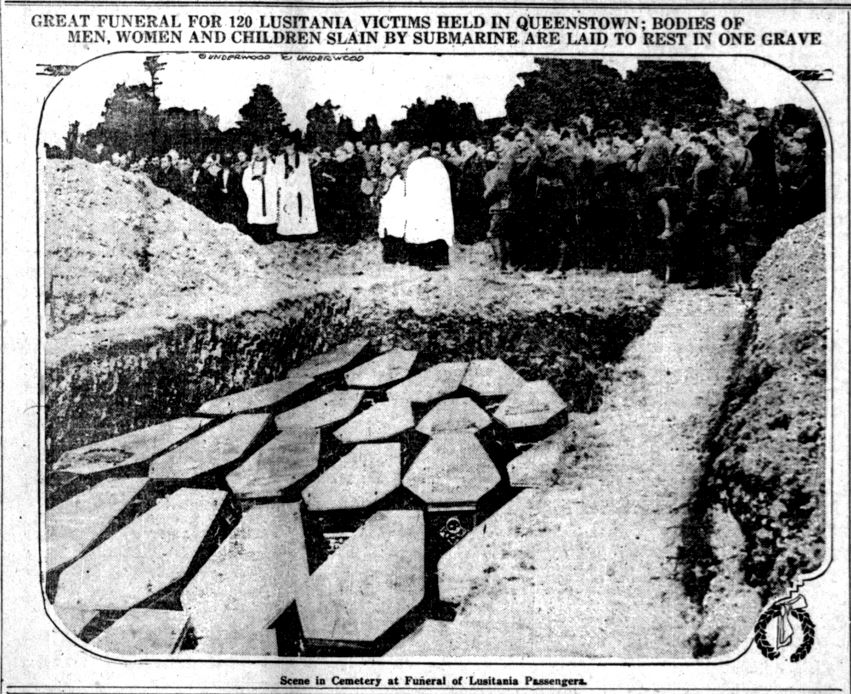
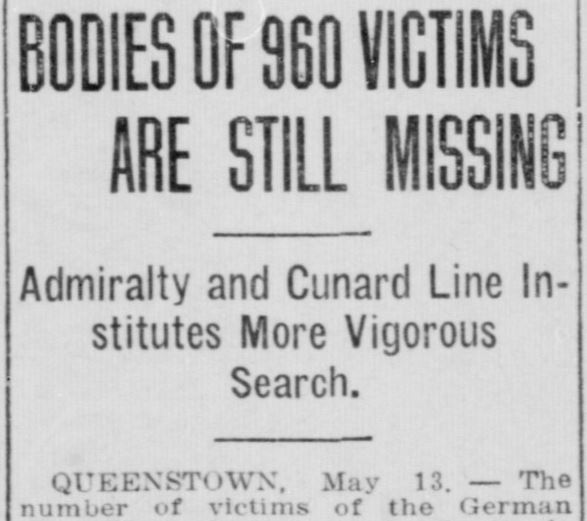
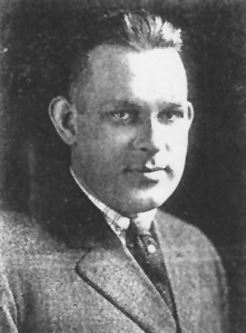
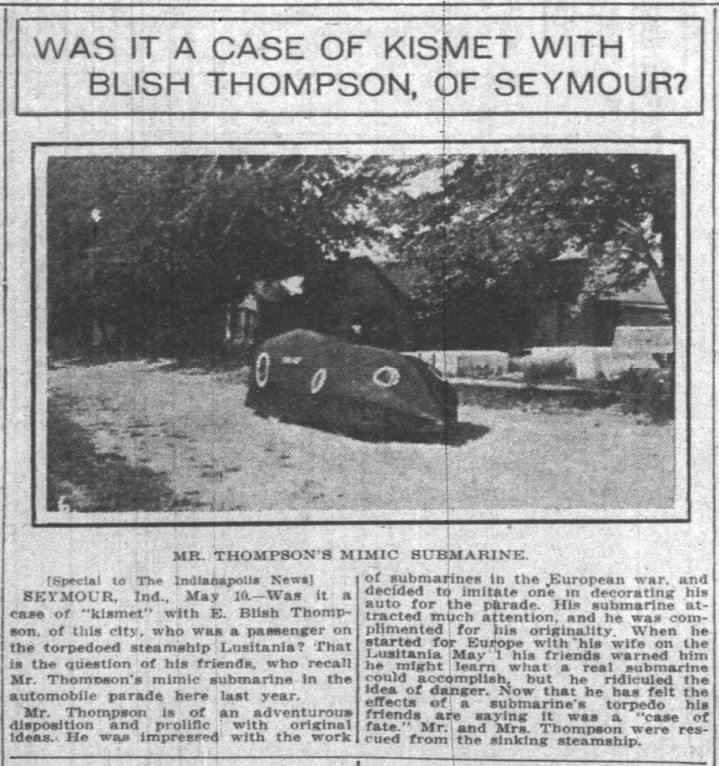
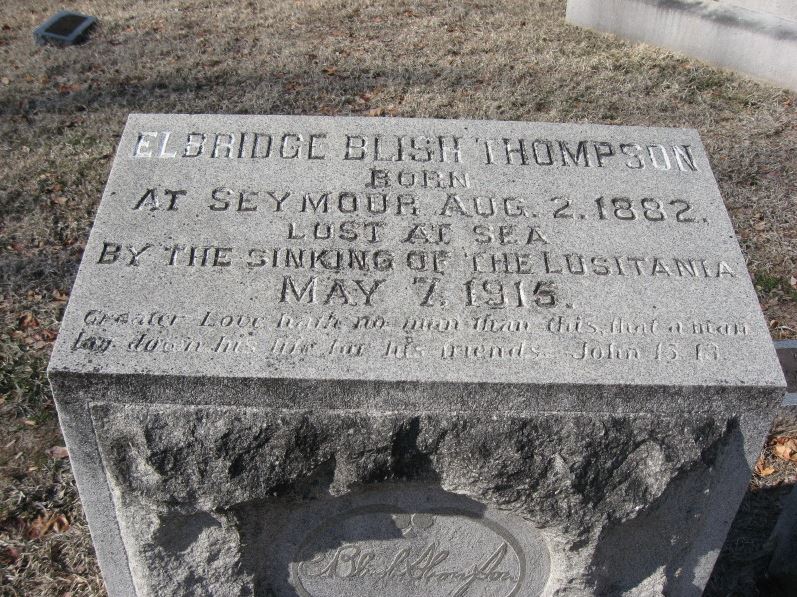
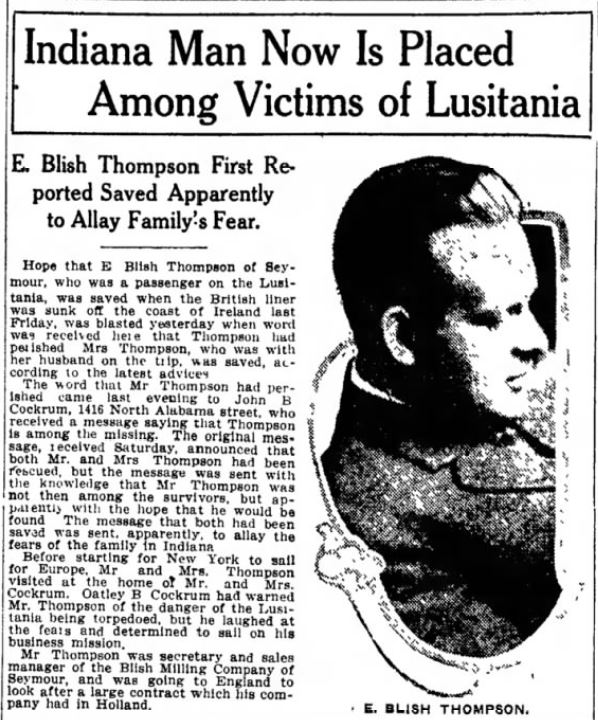
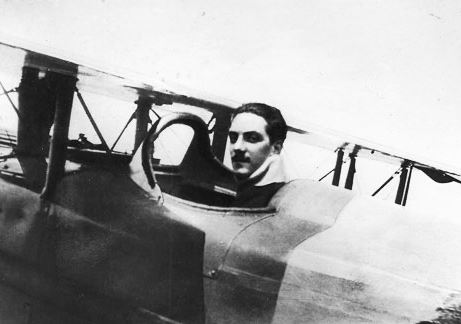
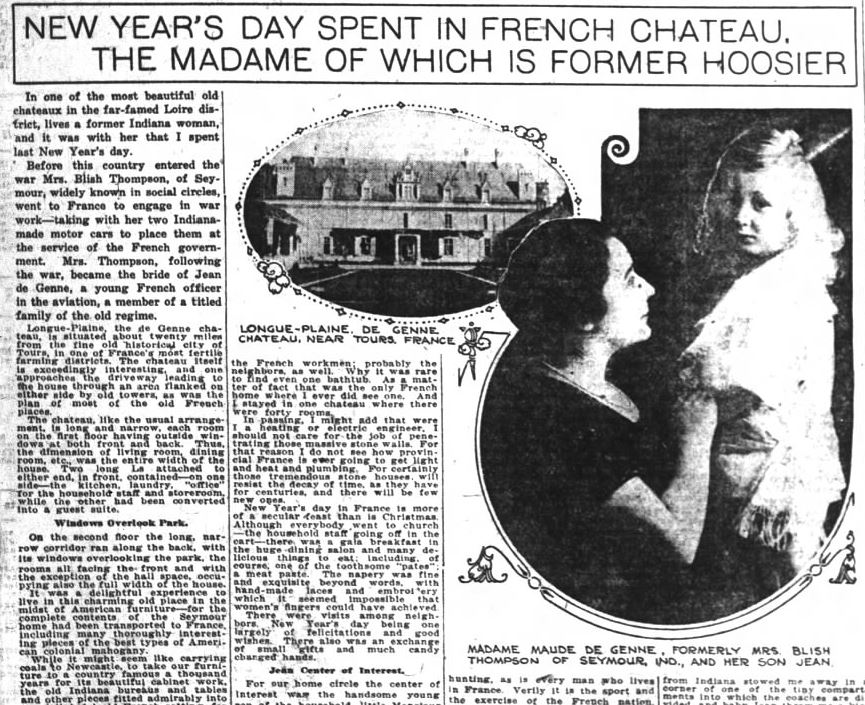

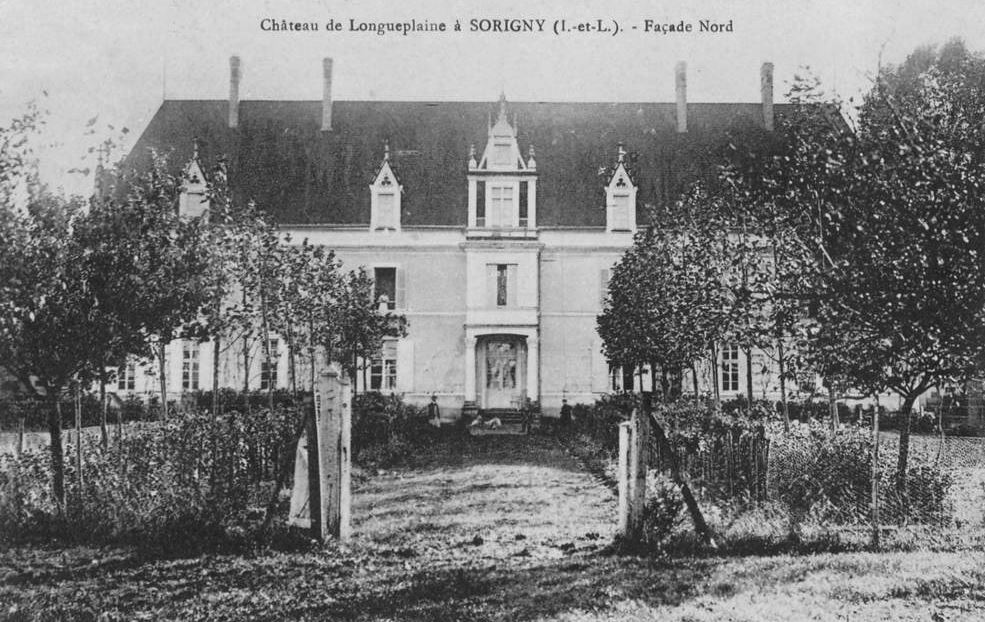
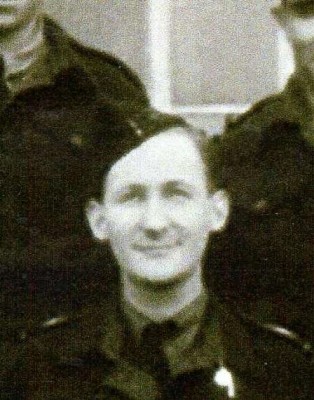
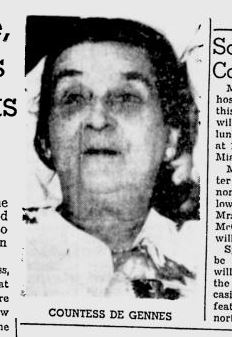
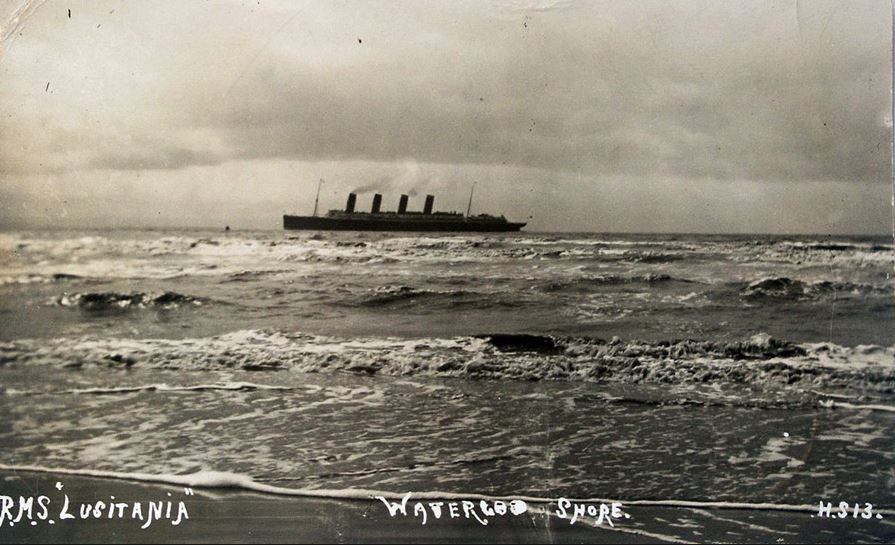
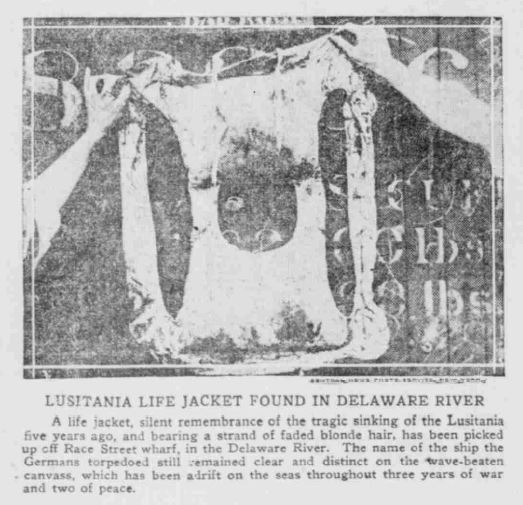
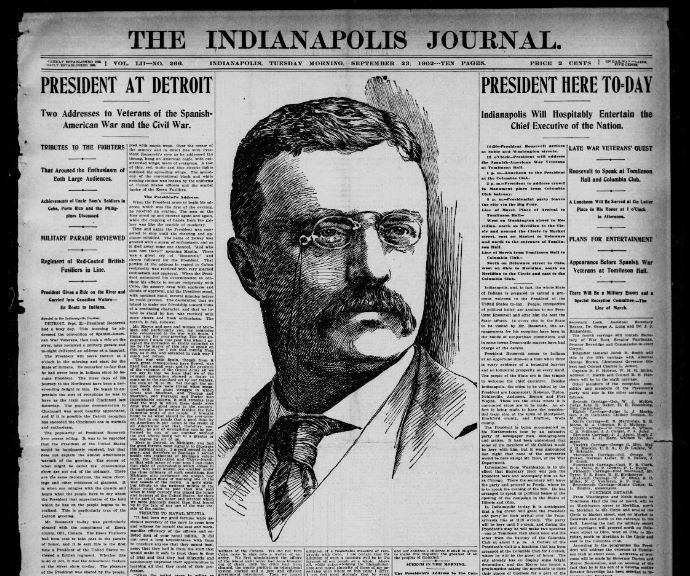








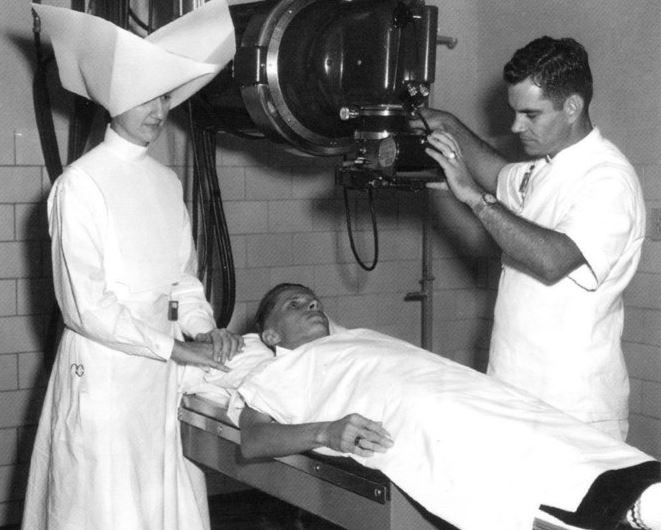

















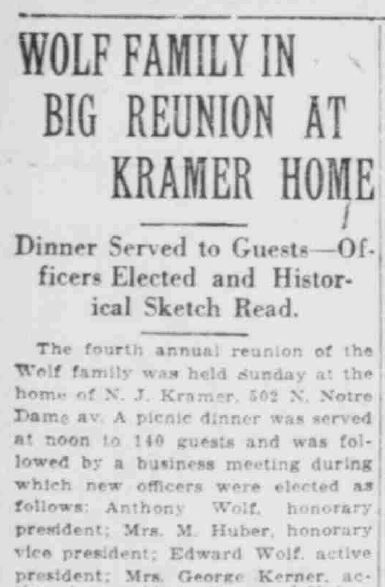
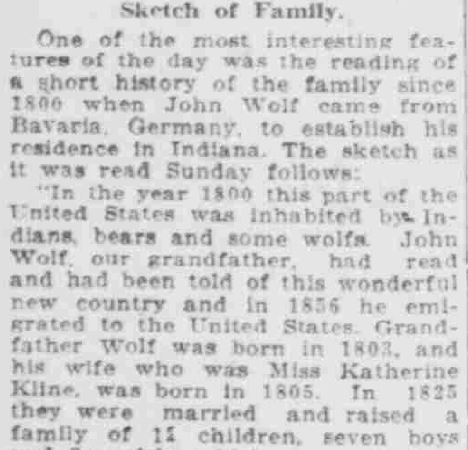










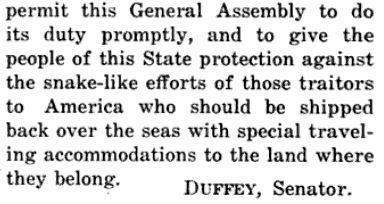
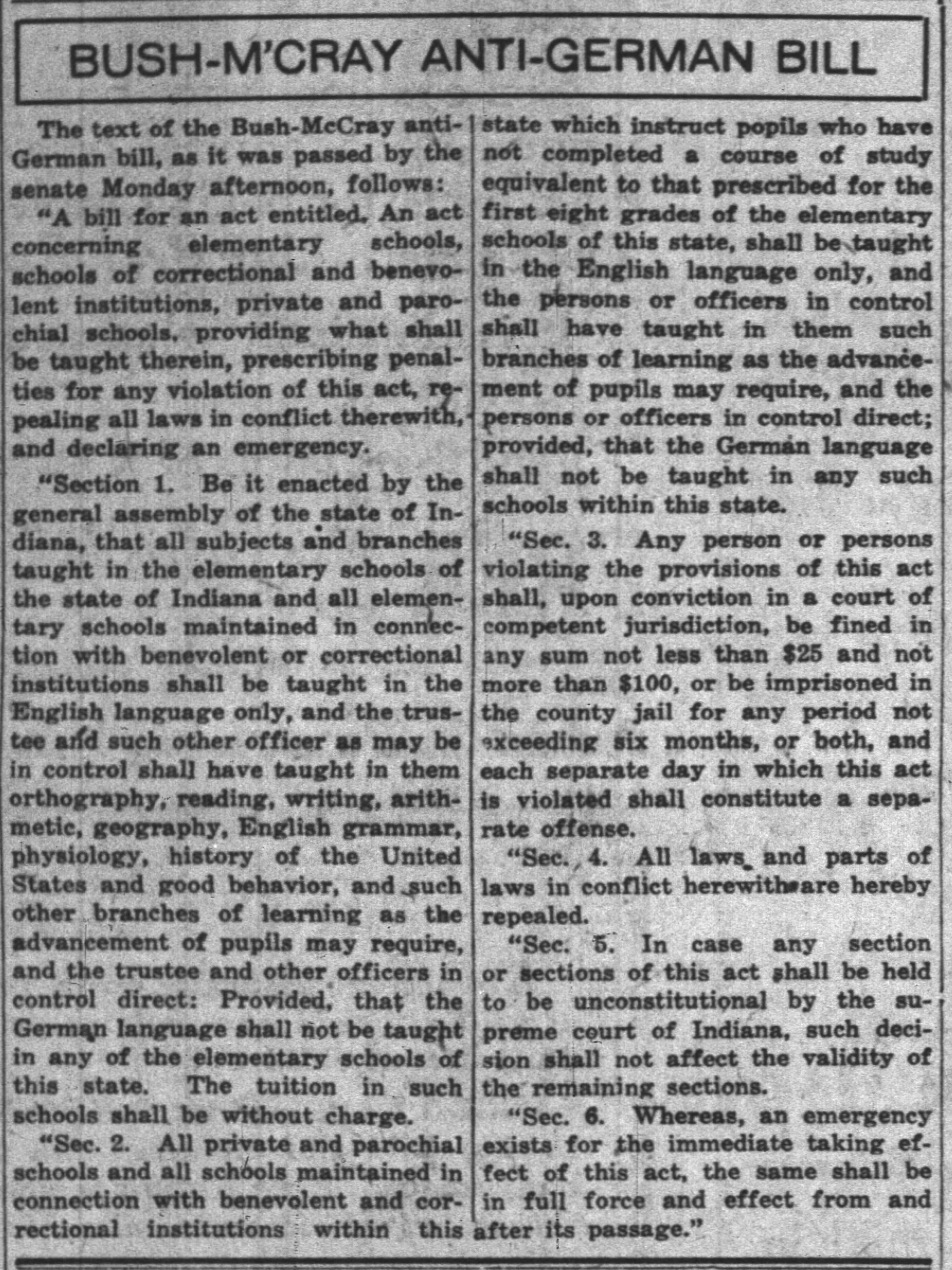




























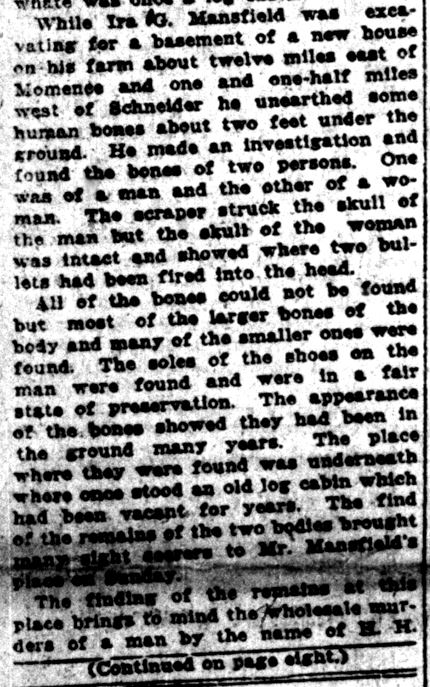




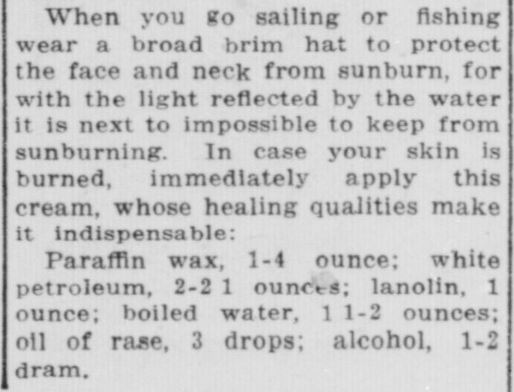
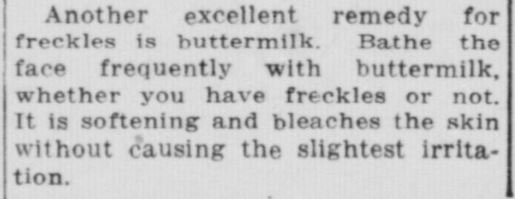



























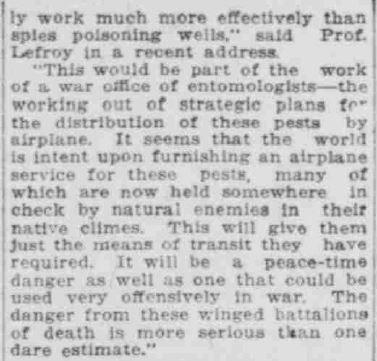 South Bend News-Times, May 19, 1920.
South Bend News-Times, May 19, 1920. 








